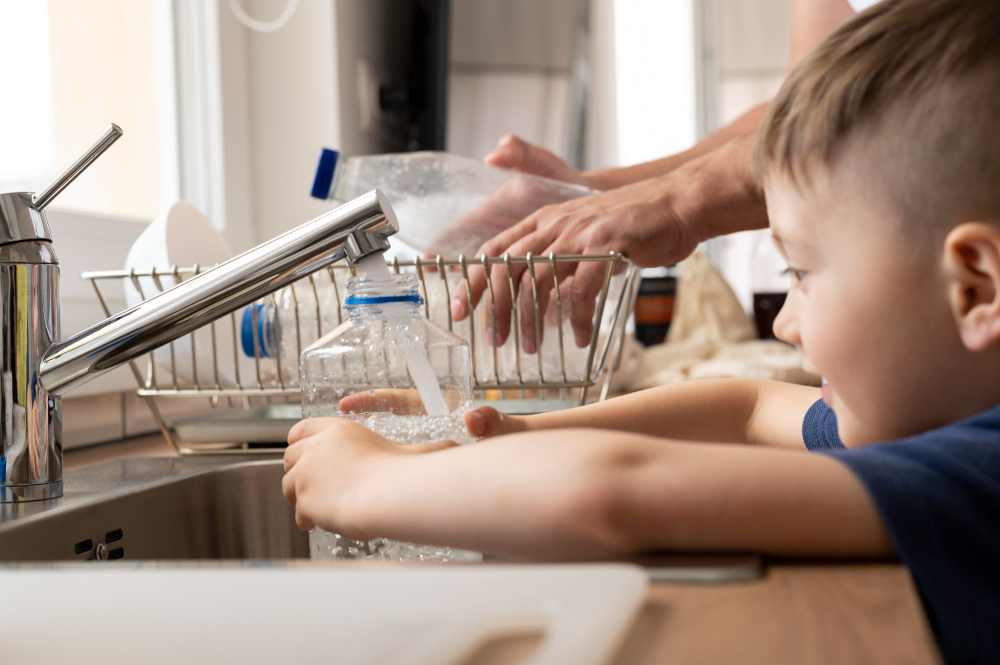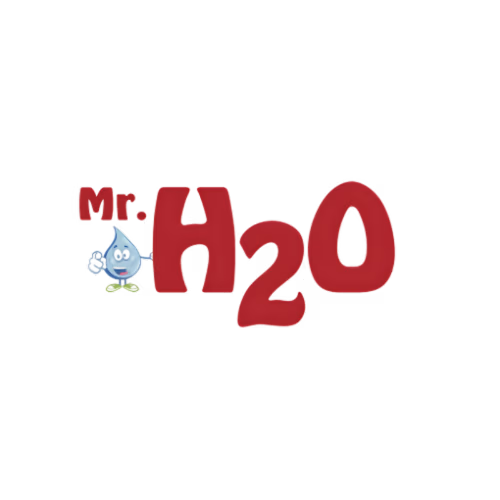.png)
Protect your water filtration system from hurricane damage. Learn how to prep, secure, and restore your water system before and after Florida storms today.

Oct 27, 2025

Hurricane season in Fernandina Beach, Florida, brings more than just heavy rain and strong winds — it can also impact your home’s water quality and filtration system. Between power outages, flooding, and saltwater intrusion, storms can leave behind more than visible damage.
Protecting your home’s water system before, during, and after a hurricane ensures your family continues to have safe, clean water when it matters most.
Here’s how to prepare your system for storm season — and what to do once the weather clears.
Hurricanes can disrupt water systems in several ways:
Even if your system appears intact, post-storm contamination can go unnoticed until it affects your water’s taste or safety.
Before the first hurricane watch of the season, take time to secure your water system. A little preparation now can prevent thousands of dollars in damage later.
1. Schedule a Pre-Season Inspection
Have your filtration and softening system inspected by a technician from Mr. H2O. We’ll check for worn seals, cracked housings, and potential vulnerabilities.
2. Secure Outdoor Components
If your system is installed outdoors, ensure the unit is anchored or elevated off the ground. Flooding can easily damage low-mounted tanks and electrical parts.
3. Turn Off the System if Flooding Is Expected
If a major storm is predicted, consider switching your system to bypass mode or turning off the water supply line to prevent damage from backflow or debris.
4. Protect Against Power Surges
Use a surge protector or disconnect powered filtration systems (like water softeners or UV purifiers) before the storm hits to avoid electrical damage.
5. Stock Up on Drinking Water
Even with a filtration system, it’s smart to store several days’ worth of bottled or filtered water for cooking and hydration in case of municipal contamination.
When the storm hits, safety comes first — but there are still small things you can do to protect your water supply:
If the city issues a boil-water notice, don’t rely on your filtration system alone. Use bottled or boiled water until the water supply has been officially cleared.
Once the storm has passed and it’s safe to return to normal routines, inspect your water system carefully.
1. Check for Visible Damage
Look for standing water, corrosion, leaks, or electrical issues. If your unit was submerged or splashed, do not power it on until it’s inspected.
2. Flush and Sanitize the System
Even minor flooding can introduce bacteria or sediment into filters. Flush your plumbing by running cold water at all taps for several minutes. Replace any filters that show discoloration or odor.
3. Replace or Recharge Filters
Activated carbon filters and reverse osmosis membranes may need replacing if exposed to contaminated water. Water softeners may also require a salt tank cleanout.
4. Test Your Water Quality
Schedule a post-storm water test with Mr. H2O to check for changes in hardness, salt content, or bacteria. Coastal areas like Fernandina Beach are particularly vulnerable to salt intrusion after flooding.
5. Resume Normal Operation Safely
Once power is stable and tests are clear, restore your system’s settings (like regeneration cycles) and monitor for any unusual taste or odor in the water.
Fernandina Beach and the surrounding Nassau County area are known for coastal flooding and high groundwater tables, making water systems especially vulnerable. After major storms, homeowners often notice:
These are signs that your system may need professional service or a new filter configuration designed for storm recovery conditions.
Hurricane preparedness isn’t just a one-time event — it’s an ongoing part of living in coastal Florida. Here’s how to keep your water system protected year after year:
1. Elevate or Relocate Vulnerable Equipment
If your system sits near the ground or in a flood-prone area, consider raising it or relocating it indoors or onto a platform.
2. Schedule Seasonal Maintenance
Plan for inspections twice a year — before hurricane season (June) and after peak season (November).
3. Consider a Backup Filtration System
A whole-home system combined with a point-of-use reverse osmosis filter gives you redundancy in case one system is compromised.
4. Invest in Surge Protection
Power surges are common during storms and can fry control valves or electronics in modern water softeners.
5. Keep Spare Filters On Hand
Having replacement cartridges, sediment filters, or softener salt available helps you recover quickly after a storm without waiting for supplies.
After a hurricane, municipal systems often issue boil-water advisories for a reason: contamination can be invisible. Even if your water looks clear, it may contain bacteria, sediment, or high mineral levels.
Testing your water ensures:
Mr. H2O provides quick, local water testing in Fernandina Beach — with clear results and next-step recommendations.
At Mr. H2O, we live and work in the same communities we serve. When hurricane season approaches, our priority is helping local families stay safe and prepared.
We offer:
Whether you’re a new homeowner or a longtime resident, we’re here to make sure your water system is ready for anything nature brings.
Hurricane season doesn’t have to mean uncertainty about your water supply. With the right preparation — and the right partner — you can safeguard your home’s water quality all year long.
From pre-season inspections to post-storm testing, Mr. H2O helps Fernandina Beach homeowners protect their families and their filtration systems from Florida’s toughest weather.
Don’t wait until the next storm warning.
Schedule your Hurricane Season Water System Checkup with Mr. H2O today to make sure your filtration and softening systems are ready to weather any storm.

Location:
Fernandina Beach, FL 32034
Call Us:
(904) 420-6565
Hours:
Mon-Sat 7:00 am - 7:00 pm
Sun 9:00 am - 5:00 pm
© 2025 Mr. H2O. All Rights Reserved.
Built By
Paxton Marketing